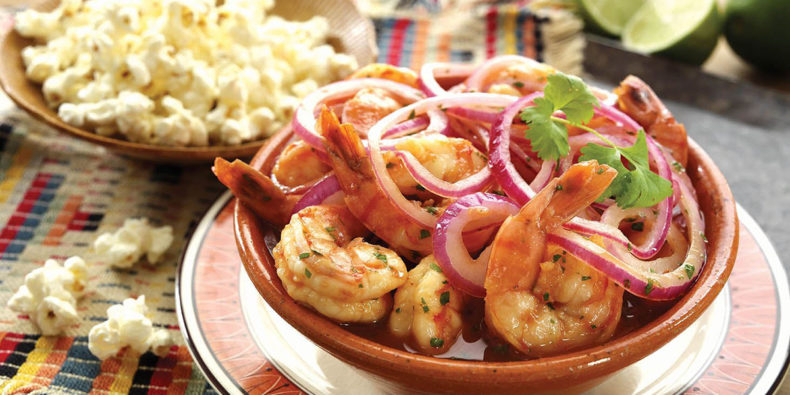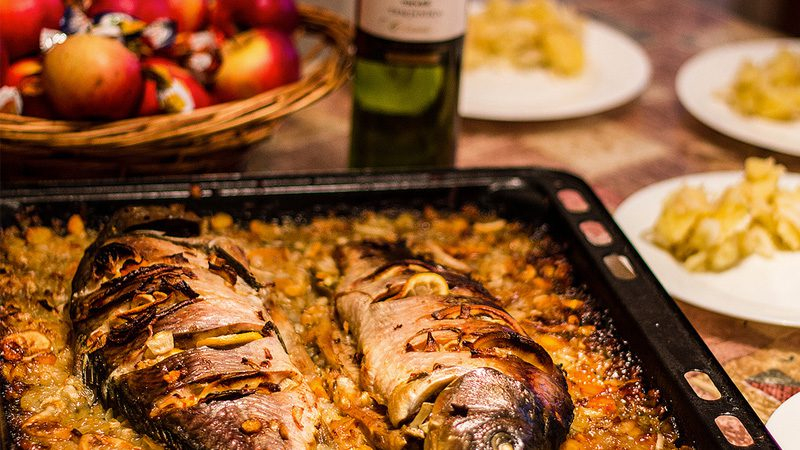Mouth watering Malawian cuisine

Despite its poverty, Malawi offers a rich, intriguing cuisine that has received very little outside influence. In Malawi, as opposed to other African nations where beef and meat are frequent delicacies, fish—both fresh and dried—is most popular. Every morning, the neighborhood fisherman return in their "bwato" (a local term for dug-out canoes) carrying the day's catch. For lunch, the majority of the fish is sold right away to be cleaned and grilled over a fire. The smaller fish varieties are typically sun-dried and eaten at night with "nsima" (porridge made of maize), some fresh vegetables, and other foods.
If you haven't tried Malawi's delectable nsima (made from cornmeal) and chambo, you haven't truly tasted the country (similar to Tilapia fish, served deep-fried, grilled or baked). The key components of mgaiwa phala (sweet corn porridge for breakfast), kondowole (made from cassava), kholowa (sweet potato leaves), and mkhwani include groundnuts, rice, sorghum, and maize.
Some other local Malawian dishes are:
- Mpasa (lake salmon)
- Kampango (similar to a catfish)
- Usipa (similar to a sardine).
- Kachamburi (Malawian-style salsa)
- Mpunga (the Chichewa word for rice)
The majority of Malawians consume native tea, which is Malawi's second-largest export behind tobacco. Try some with breakfast as a favor to yourself. You could also go to the well-known tea plantation in Malawi, Satemwa Tea Estate, a family-run enterprise that offers a variety of distinctive orthodox specialty teas like white, green, oolong, and dark.











